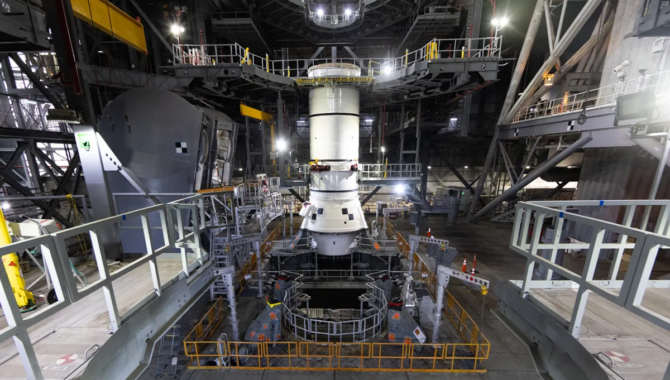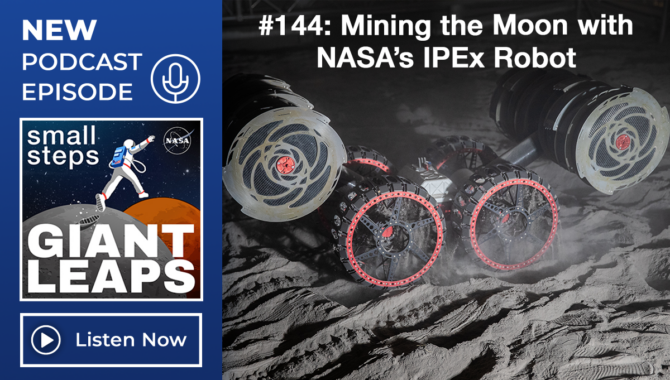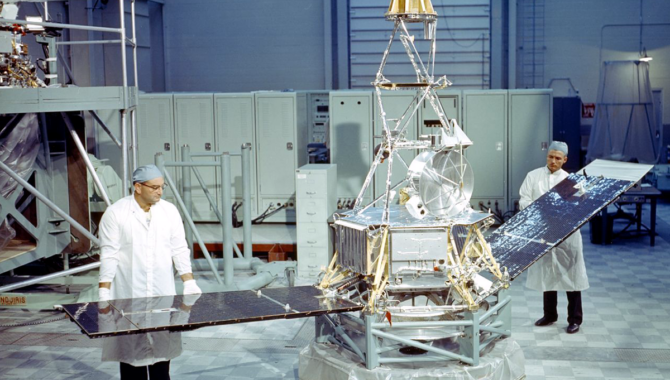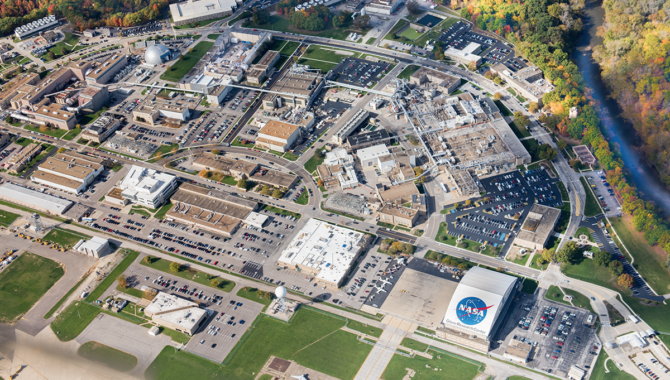
Don’t miss the latest issue of INSIGHT, APPEL Knowledge Services’ online publication featuring our new podcast episodes, columns, articles, lessons learned and more. We invite you to read it today on our website.

Don’t miss the latest issue of INSIGHT, APPEL Knowledge Services’ online publication featuring our new podcast episodes, columns, articles, lessons learned and more. We invite you to read it today on our website.

Investigation into Artemis I heatshield reveals link between material permeability and skip reentry maneuver.

Podcast highlights the work of NASA’s technical workforce.

What does it take to mine the Moon? Engineers behind NASA’s ISRU Pilot Excavator, known as IPEx, are digging into the answers.

Team met technical challenges to gather first data from another planet.

Don’t miss the latest issue of INSIGHT, APPEL Knowledge Services’ online publication featuring our new podcast episodes, columns, articles, lessons learned and more. We invite you to read it today on our website.

Before leaving the ground, astronauts prepare for spaceflight by immersing themselves in life-like training simulators. NASA’s Simulation and Graphics Branch makes it happen, and it’s critical to the success of humans in space.

Nearly 200 gather to discuss key issues for technical workforce.

Research finds that $25.4 billion budget yields $75.6 billion in economic output.